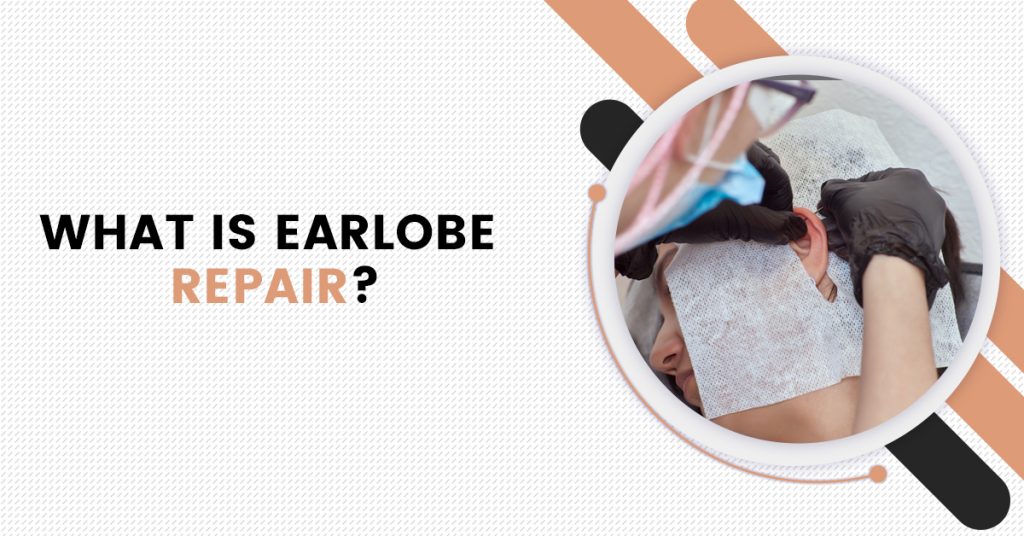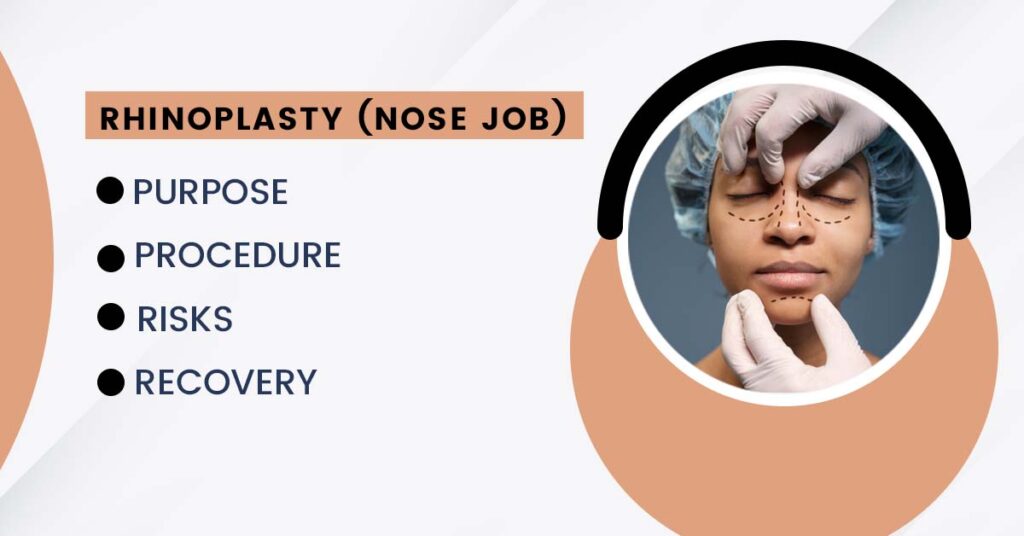What is an FUE hair transplant?
- 1 What is an FUE hair transplant?
- 2 How much does an FUE hair transplant cost?
- 3 How does an FUE hair transplant work?
- 4 Targeted areas for FUE treatment:
- 5 Good Candidate for Hair Transplant:
- 6 Preparation of FUE hair transplant:
- 7 Risks or side effects of FUE hair transplant:
- 8 What to expect after an FUE hair transplant?
Follicular Unit Extraction (FUE) is a modern hair transplant technique that has gained popularity over the years. It is a minimally invasive procedure that involves extracting individual hair follicles from the donor area of the scalp and transplanting them to the balding or thinning areas of the scalp.
FUE hair transplant is a significant advancement over the traditional hair transplant method, which involves removing a strip of scalp from the donor area. This strip is then dissected to obtain individual hair follicles for transplantation. Unlike the traditional method, FUE hair transplant does not require any incisions or sutures, and there is no linear scar on the donor area.
The FUE technique involves making tiny circular incisions around each hair follicle in the donor area using a specialized tool. The follicles are then carefully extracted using small forceps or needles and transplanted into the recipient area. The recipient area is prepared with small incisions or needle punctures to receive the follicles.
FUE hair transplant is a safe and effective solution for hair loss and thinning, and it provides natural-looking results. It is a minimally invasive procedure that is performed under local anesthesia, and the recovery time is shorter compared to the traditional method.
How much does an FUE hair transplant cost?
The cost of FUE hair transplant in India can vary depending on various factors such as the number of grafts required, the experience of the surgeon, the location of the clinic, and the facilities provided. On average, the cost of an FUE hair transplant in India can range from around Rs. 30,000 to Rs. 1,00,000 per session.
The cost per graft can range from Rs. 25 to Rs. 100 depending on the factors mentioned above. It is important to note that the cost of an FUE hair transplant can vary significantly depending on the clinic and the surgeon’s expertise. It is essential to choose a reputable and experienced surgeon who can provide safe and effective results.
You Can Read Also:- Tips for Taking Care of Your Lips
How does an FUE hair transplant work?
Here’s how the FUE hair transplant process works:
- Consultation: The first step in the FUE hair transplant process is a consultation with a qualified and experienced hair transplant surgeon. During the consultation, the surgeon will examine your scalp and hair and determine if you are a good candidate for the procedure. They will also discuss your expectations and provide information on the procedure’s cost and recovery time.
- Preparation: On the day of the procedure, the surgeon will clean and numb the donor and recipient areas of the scalp with a local anesthetic. You will remain awake during the procedure, but you will not feel any pain or discomfort.
- Extraction: The surgeon will use a specialized tool to make tiny circular incisions around each hair follicle in the donor area. The follicles are then carefully extracted using small forceps or needles.
- Graft preparation: Once the follicles are extracted, the surgeon will prepare them for transplantation by trimming any excess tissue and separating them into groups based on their size and shape.
- Transplantation: The surgeon will create small incisions or needle punctures in the recipient area of the scalp. They will then carefully place each hair follicle into the incisions, taking care to ensure that the follicles are oriented in the correct direction for natural-looking results.
- Aftercare: After the procedure, the surgeon will provide you with aftercare instructions, including how to care for your scalp and hair in the weeks following the procedure. You may experience some swelling, redness, and scabbing in the recipient and donor areas, but these will usually subside within a few days to a week.
Overall, FUE hair transplant is a safe and effective solution for hair loss and thinning, and it provides natural-looking results that can last a lifetime with proper care.
You Can Read Also:- Hair Transplant: Procedure, Recovery, Complications, and More
Targeted areas for FUE treatment:
The targeted areas for FUE hair transplant treatment are usually the areas of the scalp that are balding or thinning. These areas are typically referred to as the recipient area.
The most common areas for treatment in men are the crown of the head and the hairline, while women usually require hair restoration in the crown and mid-scalp regions. However, the recipient area can vary depending on the individual’s specific hair loss pattern and desired results.
The donor area, where the hair follicles are extracted from, is typically located at the back or sides of the scalp where hair growth is more stable and permanent. The donor area must have healthy and dense hair follicles to ensure that the transplanted hair looks natural and blends seamlessly with the existing hair.
It is important to note that not all individuals with hair loss or thinning are suitable candidates for FUE hair transplants. A qualified and experienced hair transplant surgeon will evaluate the individual’s hair loss pattern and recommend the appropriate treatment plan based on their specific needs and expectations.
Good Candidate for Hair Transplant:
A hair transplant can be suitable for men and women of all races. However, two things are necessary to be considered for a hair transplant:
- You must have adequate healthy hair on your scalp that can be transplanted to the area that needs hair.
- You must have the ability to grow hair on the thinning area of your scalp.
During a consultation with a dermatologist, you can determine if you meet both requirements. The dermatologist will conduct a thorough examination of your scalp. In addition, to determine the cause of your hair loss, a blood test may be necessary. The test can check for any underlying medical conditions that may be contributing to your hair loss. Sometimes, a scalp biopsy may be necessary, which can be easily conducted by your dermatologist during the consultation.
Preparation of FUE hair transplant:
To prepare for an FUE hair transplant, there are several things you may need to do beforehand. These include refraining from smoking for at least a day before your surgery, avoiding alcohol for at least three days before the surgery, and discontinuing the use of aspirin or blood thinners for about two weeks before the surgery.
You should also avoid taking any vitamins or dietary supplements for two weeks before the surgery and try to avoid taking antidepressants for about two weeks before the surgery. It is not recommended to get a haircut before the procedure. Additionally, doing a scalp massage for 10 to 30 minutes every day for a few weeks before the procedure can increase blood flow to your scalp.
It is essential to take any medications that your surgeon recommends, such as minoxidil (Rogaine). Before the surgery, your doctor may ask you to undergo an electrocardiogram (ECG) and blood tests.
Risks or side effects of FUE hair transplant:
Like any surgical procedure, FUE hair transplant comes with some risks and potential side effects. However, these risks are generally low and can be minimized with proper pre-operative evaluation and post-operative care. Here are some of the potential risks and side effects associated with FUE hair transplant:
- Bleeding: Bleeding is a common risk associated with any surgical procedure. In FUE hair transplant, bleeding may occur during the extraction or transplantation process. However, bleeding is usually minimal and stops within a few minutes.
- Infection: Infection is a rare but potential side effect of FUE hair transplant. The risk of infection can be minimized by following proper aftercare instructions and taking any prescribed antibiotics.
- Pain and discomfort: Some individuals may experience pain, discomfort, or tenderness in the donor and recipient areas following the procedure. This can usually be managed with over-the-counter pain relievers.
- Swelling and bruising: Swelling and bruising around the donor and recipient areas are common after FUE hair transplant. However, these side effects usually resolve within a few days.
- Scarring: While FUE hair transplant does not leave a visible linear scar like traditional hair transplant techniques, it can leave small circular scars where the hair follicles were extracted. These scars are usually minimal and can be easily covered by existing hair.
- Poor results: While FUE hair transplant generally provides natural-looking results, there is a risk of poor outcomes, such as uneven or patchy hair growth. This risk can be minimized by choosing a qualified and experienced hair transplant surgeon.
It is important to discuss any potential risks or side effects with a qualified hair transplant surgeon before undergoing the procedure. The surgeon can evaluate your individual risk factors and provide personalized recommendations for minimizing these risks.
What to expect after an FUE hair transplant?
FUE hair transplant is a relatively quick procedure with minimal recovery time. You may experience some swelling or discomfort for up to three days after the procedure.
To ensure optimal healing, your doctor may provide you with specific aftercare instructions. These instructions may include refraining from washing your hair or showering for at least three days, using gentle and unscented shampoos for a few weeks once you start washing your hair, taking a couple of days off from work to speed up healing, avoiding combing or brushing your new hair for at least three weeks, refraining from wearing hats, beanies or other headwear until your doctor approves, and avoiding strenuous physical activity for at least a week. You may experience some hair loss during the healing process, which is normal.
You should notice a difference in your hair growth within three to four months. However, depending on the health of your transplanted hair, it may not grow back as thick as anticipated.







